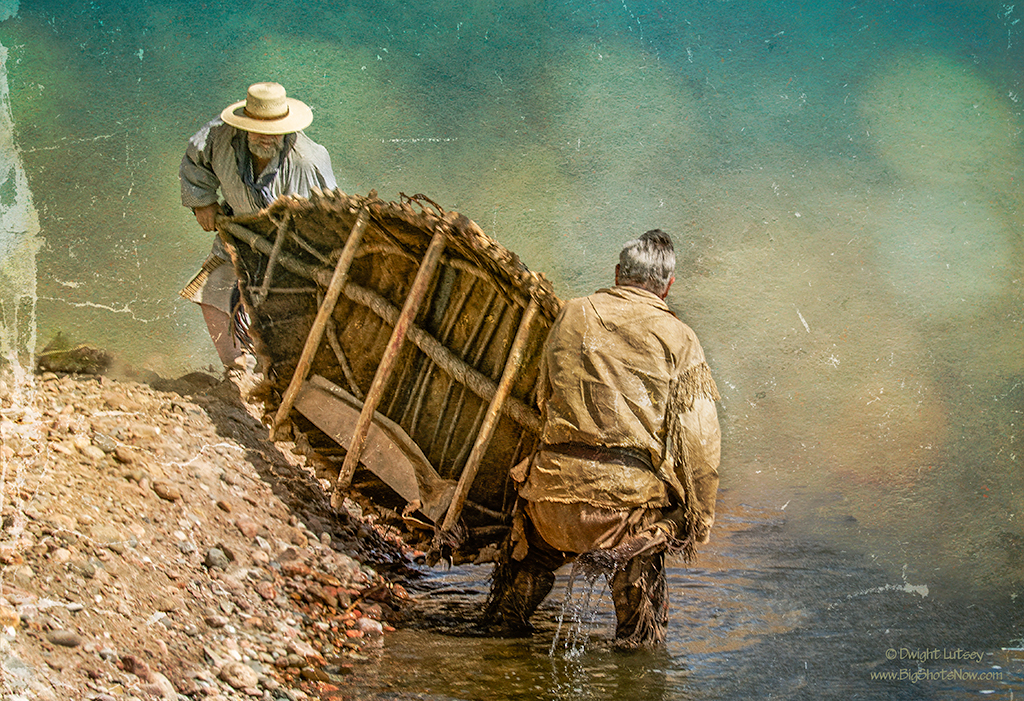
Got to get it in the water if you want to go downstream. This is a big task for just two guys even if they are mountain men. But these are tough mountain men and they get it done with the minimum of salty language.
You can get a good look at the sturdy construction and workmanship of this vessel as it is being rolled over. It’s pretty remarkable especially considering that it was created using the most simple of hand tools, the hatchet and and awl and needle. The frame is made from varying sizes of tree limbs which have been bent and fashioned together with lacing of hide and sinew. Then covered with the hides of buffalo stretched over the frame and the seams where they join sealed with pitch from pine trees. Certainly a remarkable example of early boat building created out of the necessity needed to travel the waterways of the west.
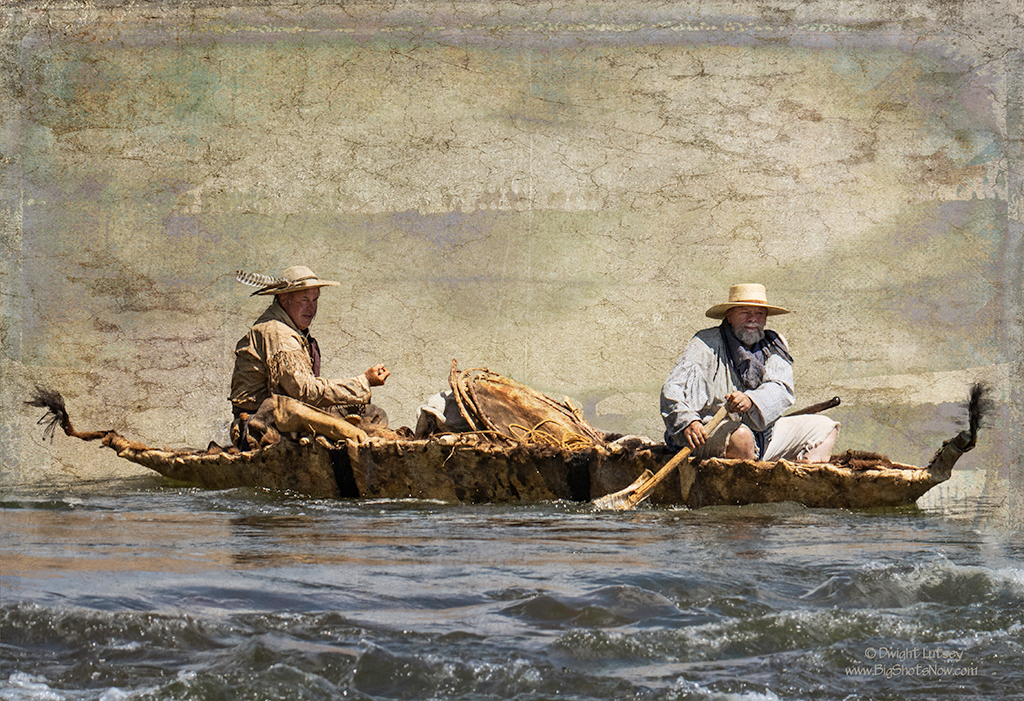
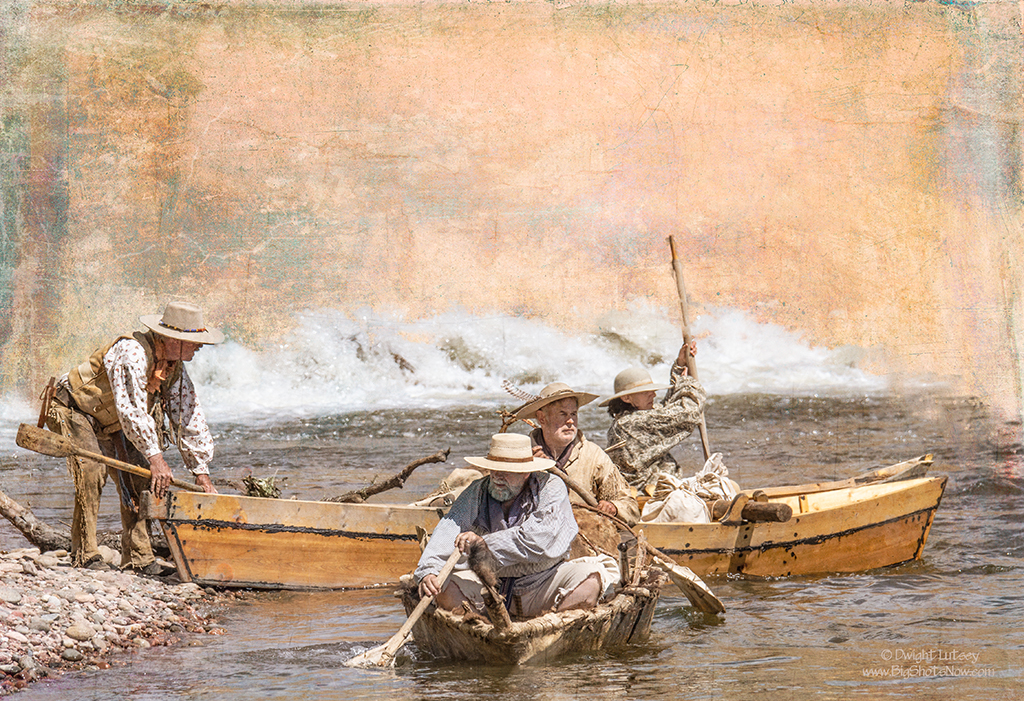
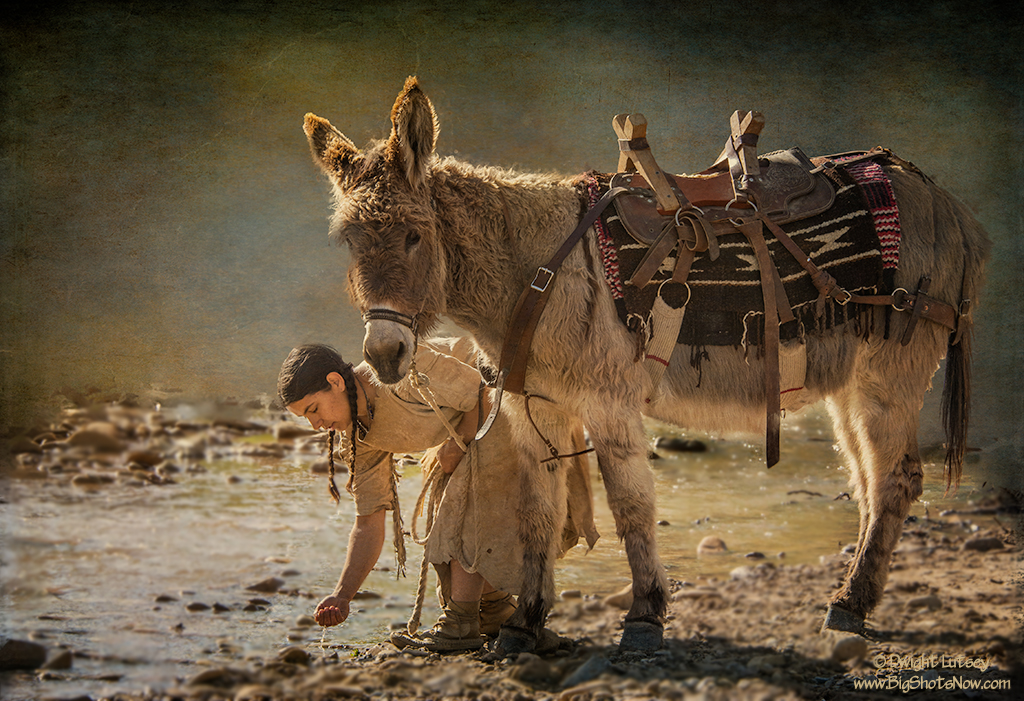
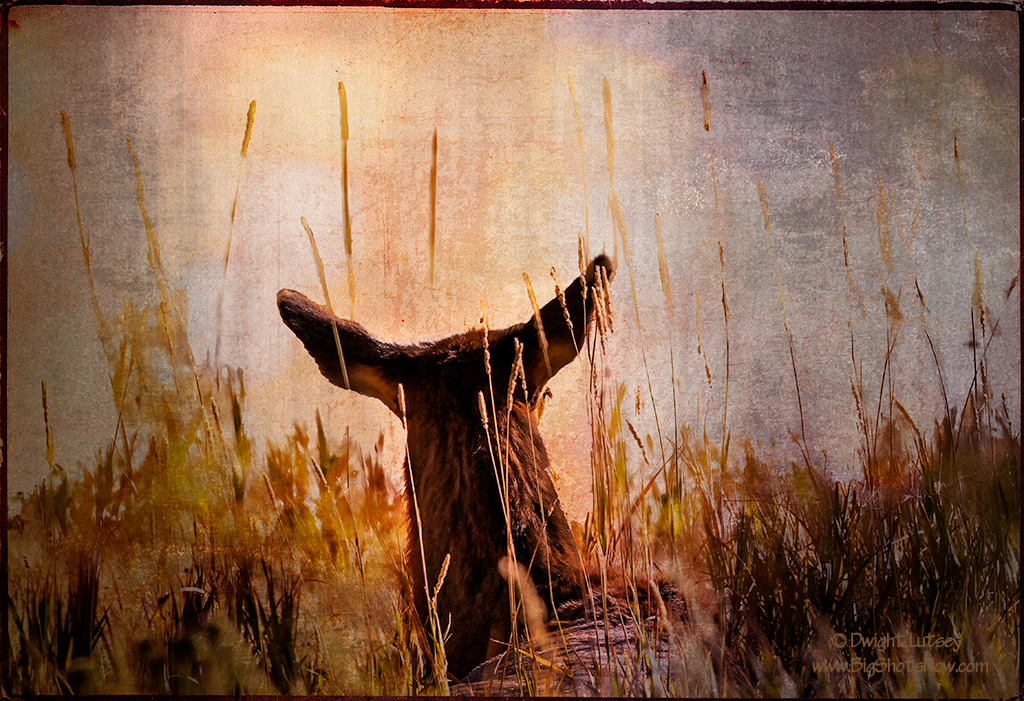
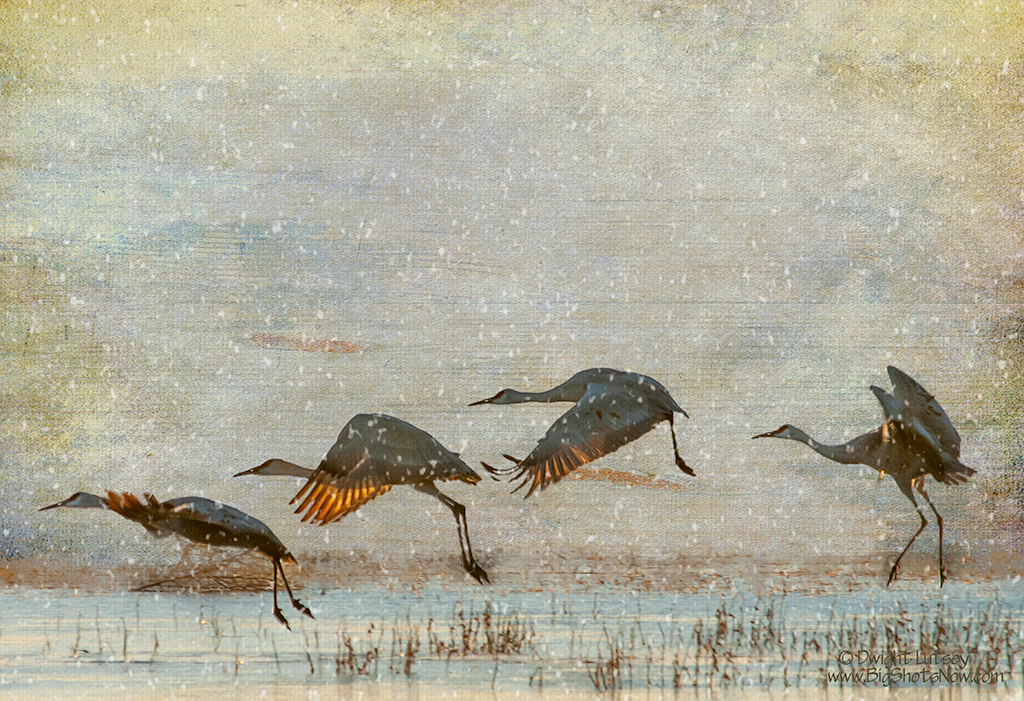
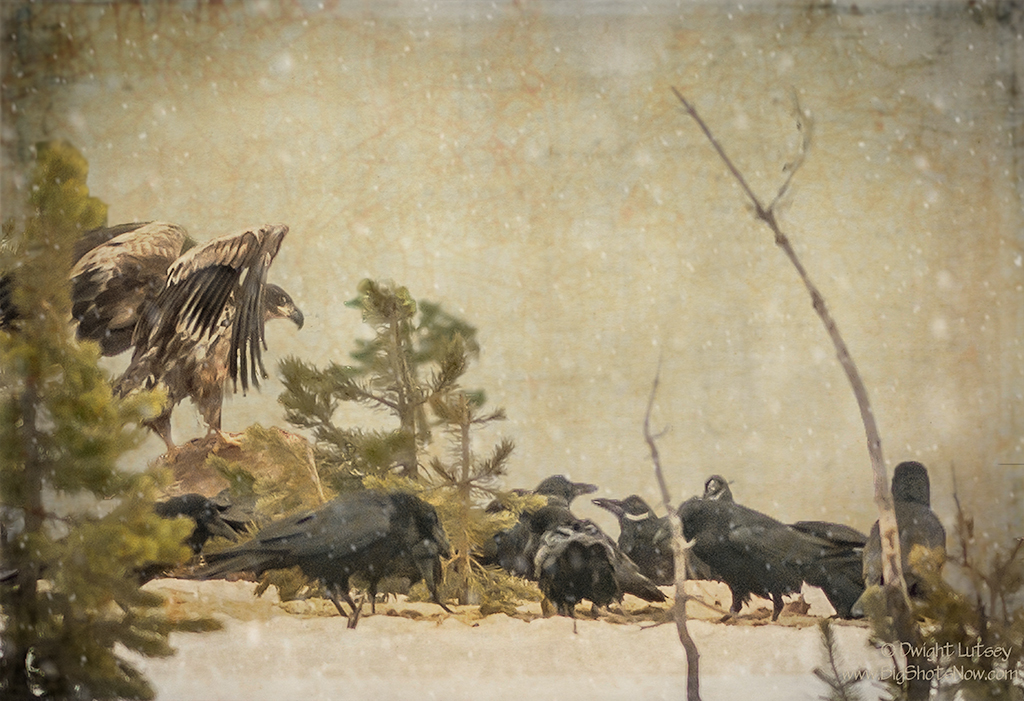
You must be logged in to post a comment.